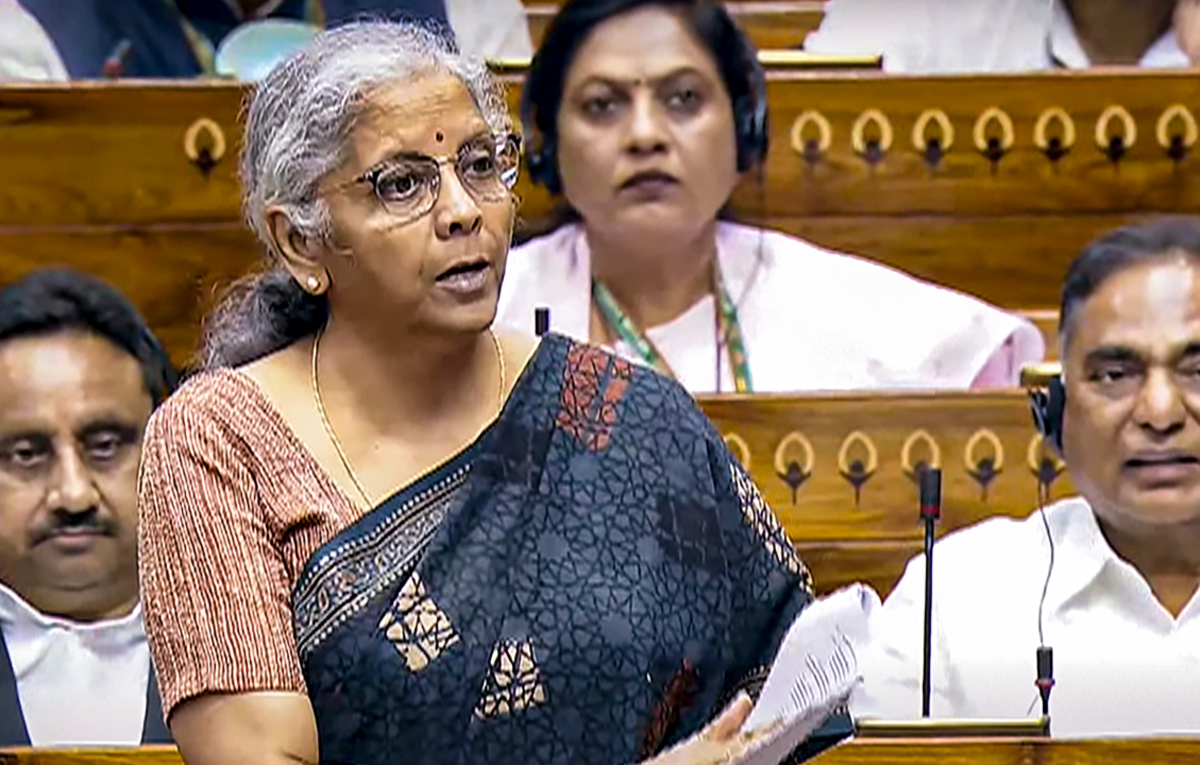New Delhi: In a significant push to boost infrastructure development, Union finance minister Nirmala Sitharaman, while presenting the Budget for 2024-25, announced an allocation of ₹11,11,111 crore for capital expenditure, amounting to 3.4% of the GDP. Addressing Parliament, Sitharaman highlighted the government’s plan to maintain robust fiscal support for infrastructure over the next five years.
“To encourage the states to provide support of similar scale for infrastructure, a provision of ₹1.5 lakh crore for long-term interest-free loans this year has been made,” Sitharaman said. This initiative aims to aid states in their resource allocation for infrastructure development.
Additionally, the finance minister outlined measures to promote private sector investment in infrastructure through viability gap funding and supportive policies and regulations. “A market-based financing framework will be introduced,” Sitharaman noted, emphasizing the government’s commitment to enhancing infrastructure through public-private partnerships.
Sitharaman also announced the launch of Phase IV of the Pradhan Mantri Gram Sadak Yojana (PMGSY), aiming to provide all-weather connectivity to 25,000 rural habitations now eligible due to population growth.
Focusing on disaster management, the budget speech detailed financial support for flood and landslide-affected states. Notably, Bihar will receive funding for projects including the Kosi-Mechi intra-state link with an estimated cost of ₹11,500 crore. “Survey and investigation of Kosi-related flood mitigation and irrigation projects will be undertaken,” Sitharaman added.
For Assam, frequently affected by floods due to the Brahmaputra River, the finance minister reaffirmed the commitment to assist in flood management and related projects. The states of Himachal Pradesh, Uttarakhand, and Sikkim, which have suffered extensive damage from floods and landslides, will also receive government aid for reconstruction and rehabilitation.
Through these measures, the government aims to strengthen infrastructure development and enhance the country’s resilience against natural disasters, supporting economic growth and community stability.



